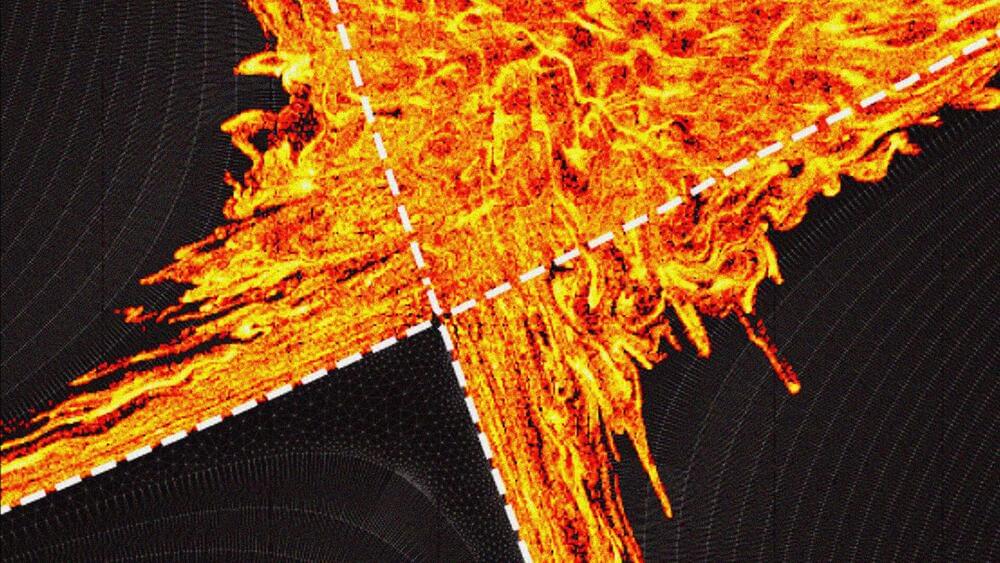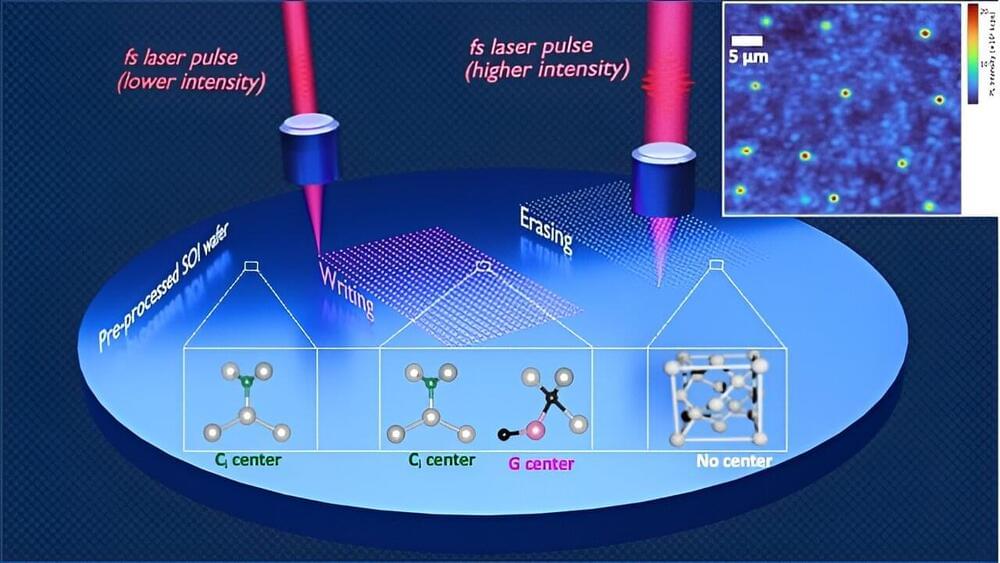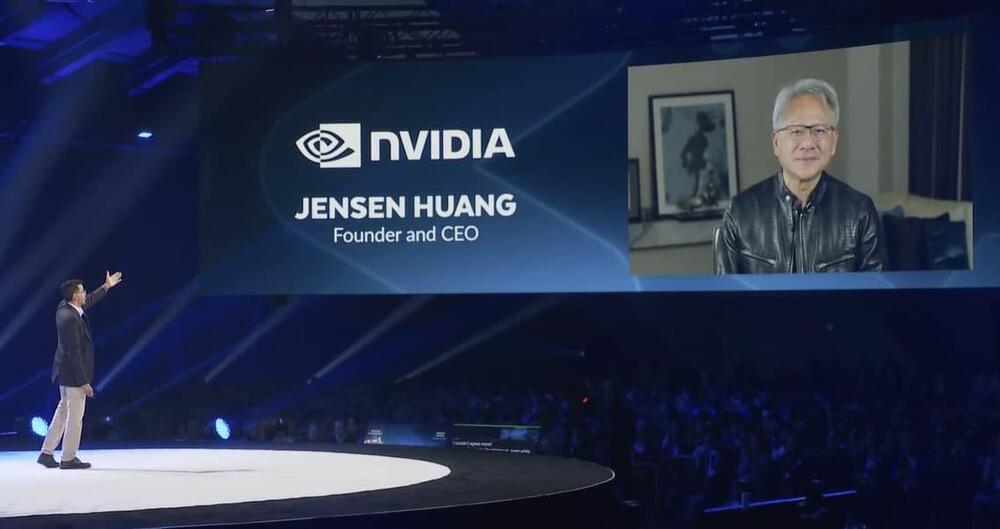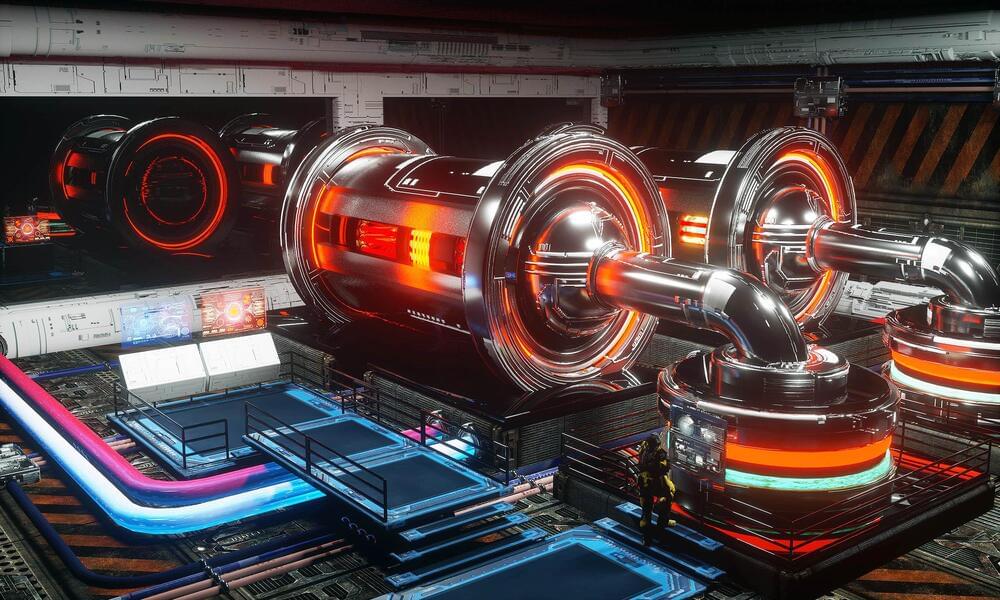First 30 days are free and 20% off the annual premium subscription when you use our link ➜ https://brilliant.org/sabine. We just saw another open letter abo…
Get the latest international news and world events from around the world.

Former OpenAI Director Warns There Are Bad Things AI Can Do Besides Kill You
There’s a lot of other ways that AI could really take things in a bad direction.
One of the OpenAI directors who worked to oust CEO Sam Altman is issuing some stark warnings about the future of unchecked artificial intelligence.
In an interview during Axios’ AI+ summit, former OpenAI board member Helen Toner suggested that the risks AI poses to humanity aren’t just worst-case scenarios from science fiction.
“I just think sometimes people hear the phrase ‘existential risk’ and they just think Skynet, and robots shooting humans,” Toner said, referencing the evil AI technology from the “Terminator” films that’s often used as a metaphor for worst-case-scenario AI predictions.


New plasma escape mechanism could protect fusion vessels from excessive heat
By Rachel Kremen, Princeton Plasma Physics Laboratory
The furious exhaust heat generated by a fusing plasma in a commercial-scale reactor may not be as damaging to the vessel’s innards as once thought, according to researchers at the U.S. Department of Energy’s (DOE) Princeton Plasma Physics Laboratory (PPPL), Oak Ridge National Laboratory and the ITER Organization (ITER).
Apple Teases Immersive ‘3D’ Photos With visionOS 2, Wider Vision Pro Rollout
Apple today teased the first update for its mixed-reality headset, visionOS 2, which includes AI-powered spatial photos and videos for the Vision Pro to give them a more immersive feel.
As part of its WWDC presentation, Apple also unveiled a special “spatial” lens for Canon cameras designed to capture moments viewable on the Vision Pro, as well as a partnership with cinema camera company Blackmagic Design.

A major US offshore wind hub just broke ground in New York City
Today, the South Brooklyn Marine Terminal (SBMT) broke ground, kicking off the transformation of the historic port into an East Coast offshore wind hub.
SBMT will support Norwegian energy giant Equinor’s first US offshore wind project, Empire Wind 1. Brooklyn’s new offshore wind hub is designed to be a central, scalable hub for the expanding East Coast offshore wind market, and as a port for future offshore wind developments.
When the terminal is complete, it will be one of the largest dedicated offshore wind hubs in the US.


New technique could help build quantum computers of the future
Quantum computers have the potential to solve complex problems in human health, drug discovery, and artificial intelligence millions of times faster than some of the world’s fastest supercomputers. A network of quantum computers could advance these discoveries even faster. But before that can happen, the computer industry will need a reliable way to string together billions of qubits—or quantum bits—with atomic precision.


Curvature propulsion and the future of intergalactic space travel
If you are a fan of reading or watching science fiction, you have definitely encountered the concept of curvature propulsion — one of the most fascinating and speculative frontiers in theoretical physics and advanced space travel.
Rooted in Einstein’s general theory of relativity, it proposes innovative methods to manipulate spacetime itself to achieve faster-than-light travel without violating the laws of physics.
General relativity, formulated by Albert Einstein, provides the theoretical foundation for curvature propulsion. This theory describes gravity as the curvature of spacetime caused by mass and energy.